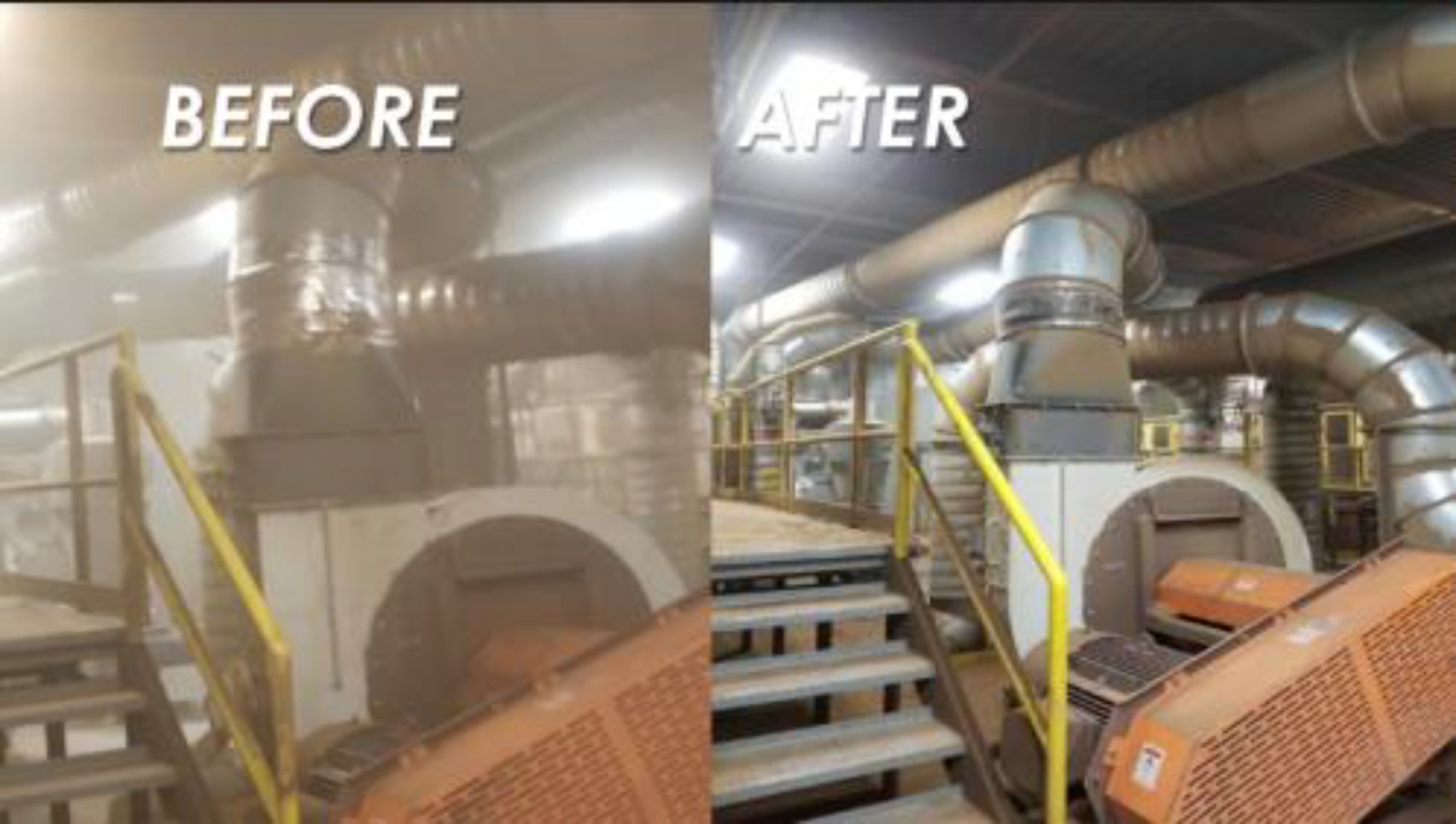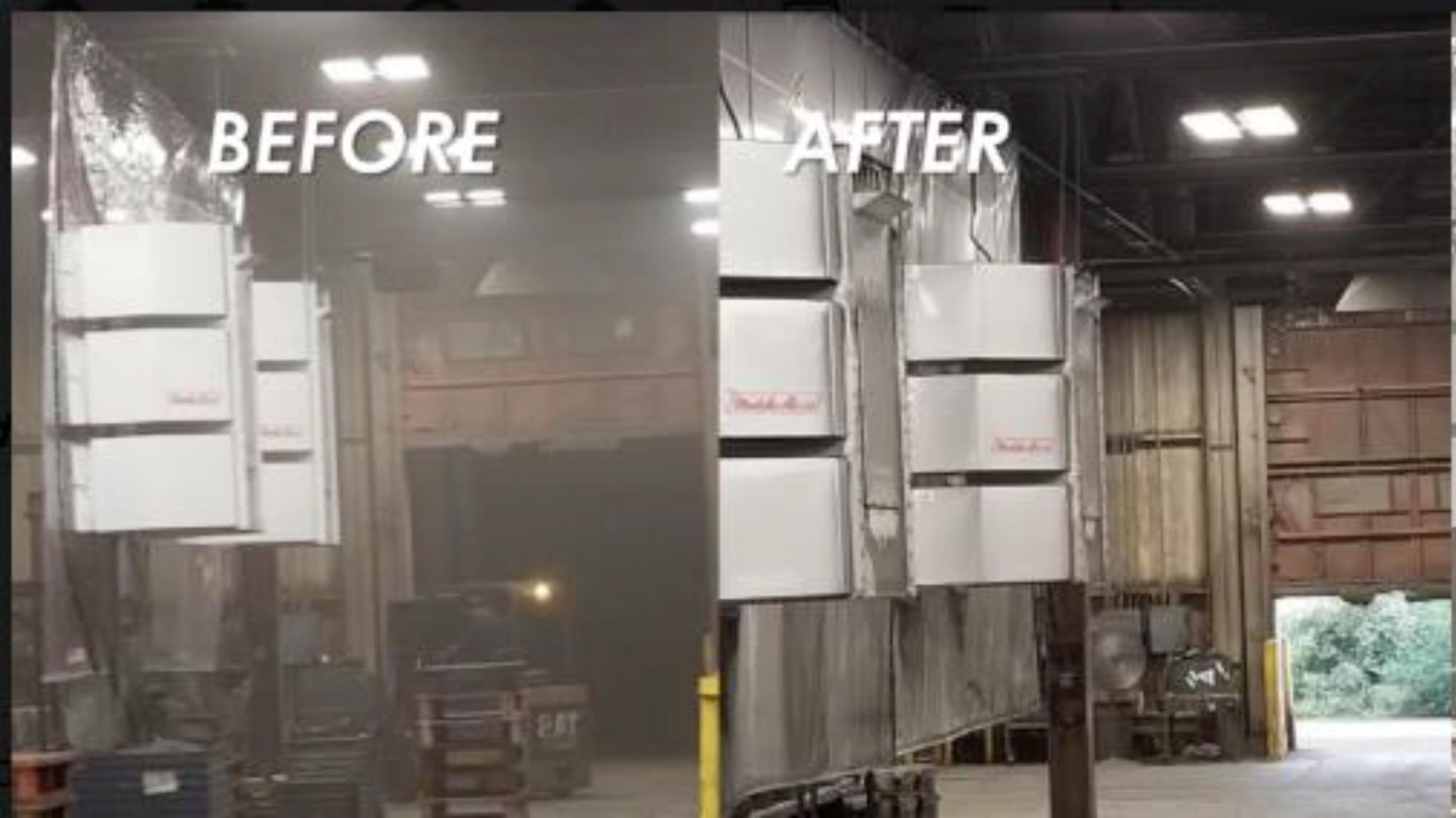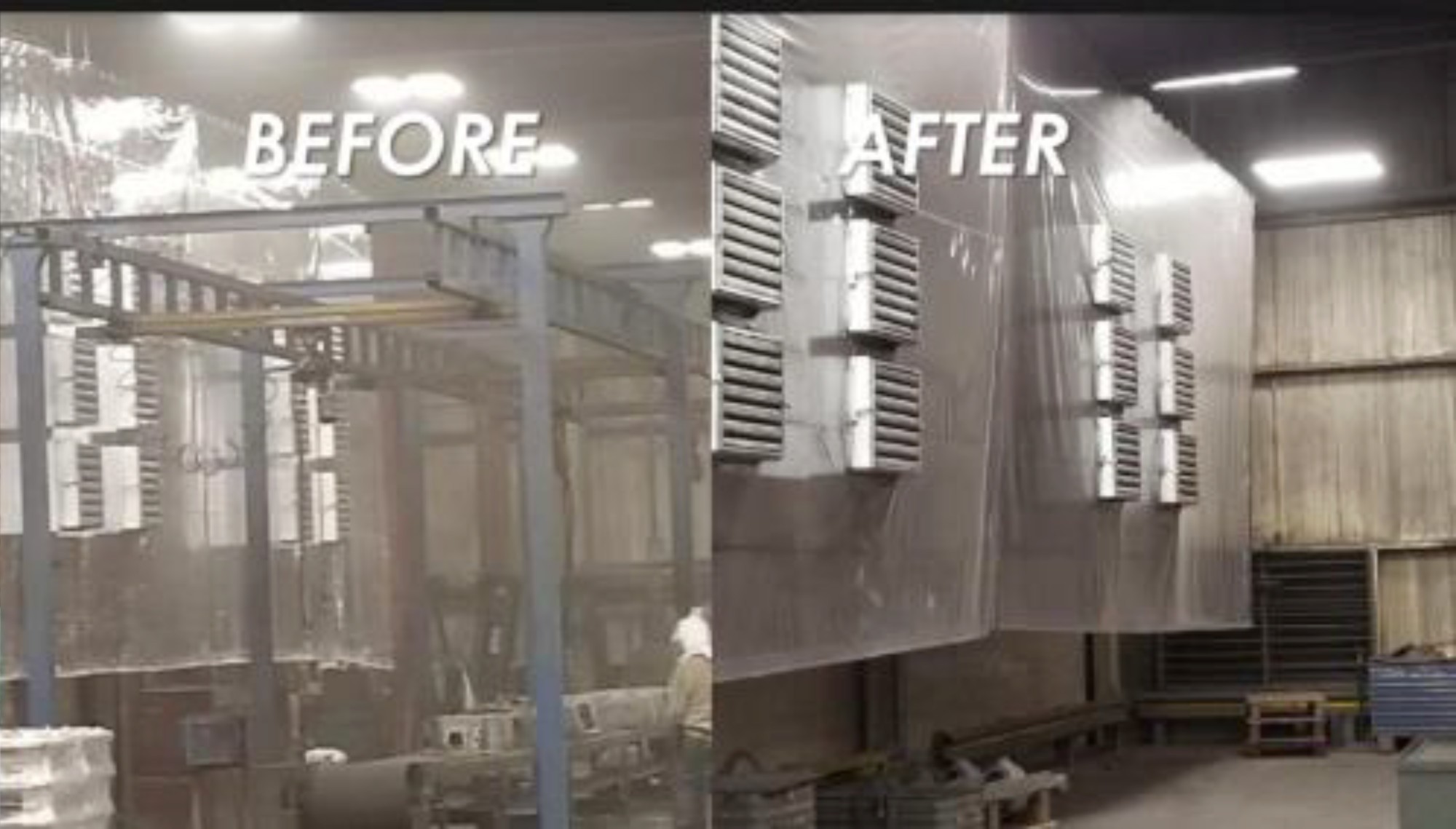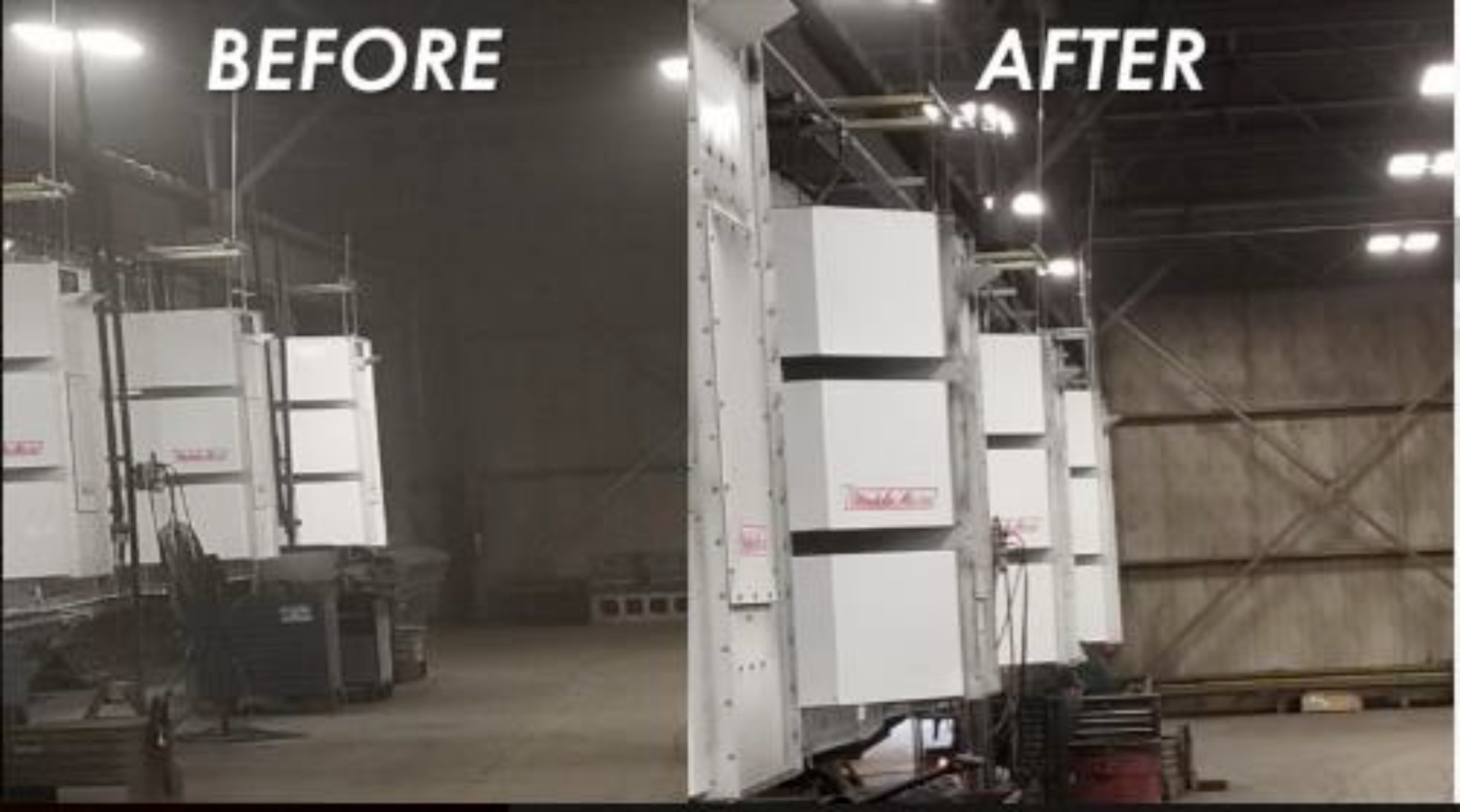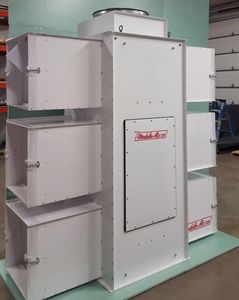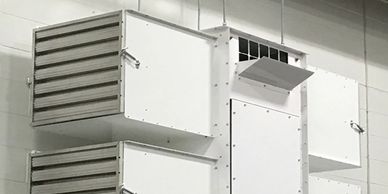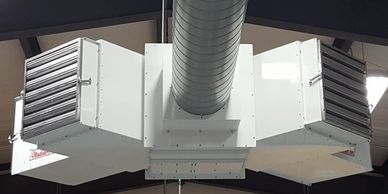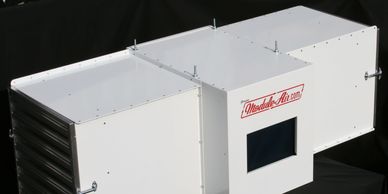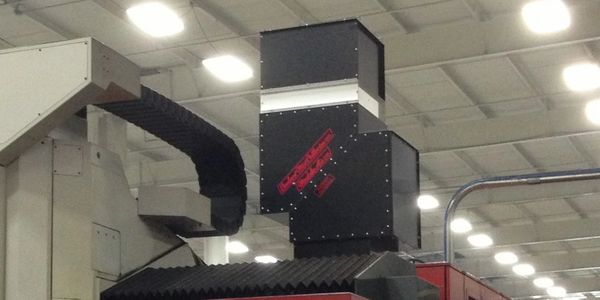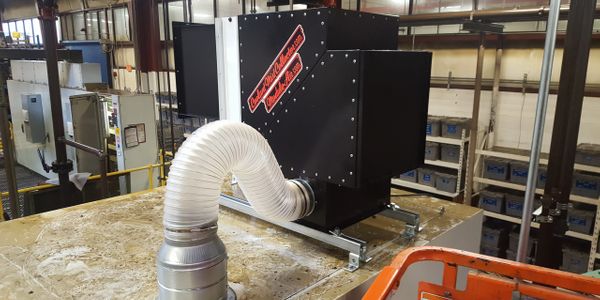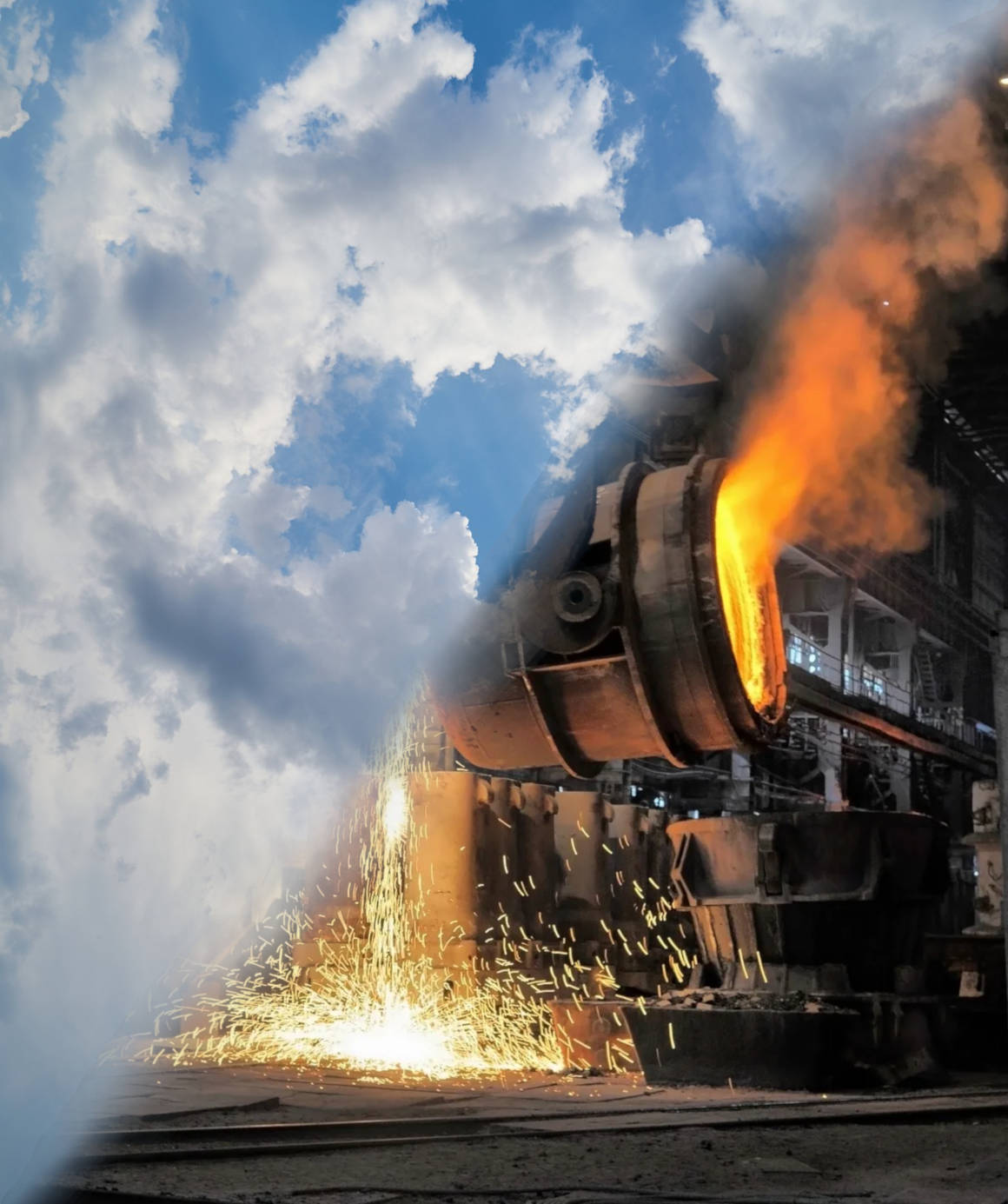
Air Filtration
Breath Easy
It is a known fact that prolonged exposure to pollutants greatly lowers the immune system
Making it far easier to contract an array of illnesses like Covid 19 or the Flu. Also these small viral particles hitch a ride on polluting particles in the air greatly accelerating the transfer to others.
Our system will clean up your air for a safer environment.
Everything You Need
We can filter millions of square feet or just one room or area. Our sales staff will work with your Safety or plant manager to get you into OSHA compliance and improve your overall air quality. We are the experts whether you need whole shop filtration, oil mist collection, or another type of air filter device.
Whole Shop Ambient Dust Collector
These Ambient dust collectors operate by drawing air/pollutants into the intakes, through a series of filters starting with a spark arrestor. We can move up to 30,000cfm of air!
Individual Machine Filtration
Stop harmful pollutants and particulates at the source. By placing air filtration systems on individual machines, you can reduce and eliminate harmful contaminates in the direct facinity of their operators. When all machines are equiped, the solution compounds and creates a first line defence aiding in increased whole shop air quality.
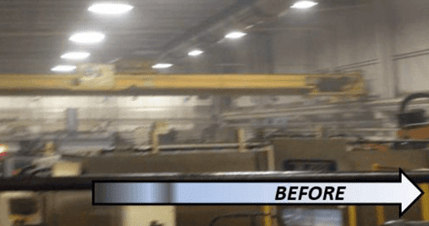
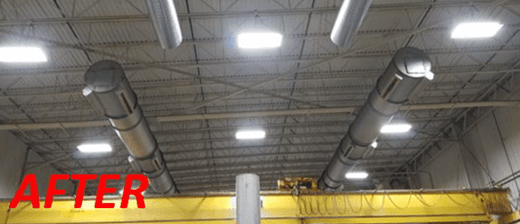
Whole Shop Ambient Dust Collector
These Ambient dust collectors operate by drawing air/pollutants into the intakes, through a series of filters starting with a spark arrestor. Next a Pleated Pre-filter removes unwanted material (filters may vary depending your filtration needs). Then finally through a 10 cell, 21” deep, industrial fiberglass bag filter. The air is then circulated through the unit and out the clean air vent located on the front of unit (VT model clean air vent is located on top of unit).
UP TO 30,000 cfm
Whole Shop Filtration
MODEL 36 AMBIENT DUST COLLECTOR
14,000 STANDARD CFM and UP TO 24,000 CFM WITH SUPER VEE BOOSTER , THIS UNIT IS THE LARGEST IN THE WORLD OF ITS TYPE
MODEL 24 AMBIENT DUST COLLECTOR
ONE OF OUR MEDIUM SIZED UNITS, BUT AT 8500 CFM AND 4 LARGE INTAKES, IT’S STILL LARGER THAN ANY COMPETITOR IN THE WORLD.THIS UNIT IS MOUNTED VERTICALLY AND CAN HAVE VENTED OR PIPED EXHAUST.
MODEL 20X AMBIENT DUST COLLECTOR
ONE OF OUR MEDIUM SIZED UNITS, BUT AT 8500 CFM AND 4 LARGE INTAKES, IT’S STILL LARGER THAN ANY COMPETITOR IN THE WORLD.THIS UNIT IS MOUNTED HORIZONTALLY AND CAN HAVE VENTED OR PIPED EXHAUST.THIS UNIT IS SPECIALLY DESIGNED TO PULL FROM THE 4 CORNERS OF ANY AREA AND WORKS AS GREAT AS IT LOOKS!
10 AMBIENT DUST COLLECTOR
OUR MODEL 10 AMBIENT DUST COLLECTOR IS THE SMALLEST UNIT WE MAKE BUT JUST RIGHT FOR SMALLER APPLICATIONS. THIS MODEL IS STILL 5000 CFM AND JUST LIKE ALL OF OUR AMBIENT DUST COLLECTORS, IT CAN BE FITTED WITH SEVERAL INTAKES TO FIT YOUR NEEDS EXACTLY.
10 MINUTES OF FILTER MAINTENANCE PER YEAR!!
07 OIL MIST COLLECTOR
- OUR LARGER UNIT OF 2000 CFM
- CAN BE MOUNTED VERTICAL OR HORIZONTAL.
- HEPA FILTER BOLTS RIGHT ON
PLUS TONS OF OPTIONS, INCLUDING STANDS, HOSES AND INSTALL KITS TO FIT YOUR NEEDS EXACTLY!
03 OIL MIST COLLECTOR
- OUR SMALLER UNIT OF 1000 CFM
- CAN BE MOUNTED VERTICAL OR HORIZONTAL
PLUS TONS OF OPTIONS, INCLUDING STANDS, HOSES AND INSTALL KITS TO FIT YOUR NEEDS EXACTLY!
THE FACTS
From the CDC & EPA
PARTICLE POLLUTION
Particle Pollution
Particle pollution — also called particulate matter (PM) — is made up of particles (tiny pieces) of solids or liquids that are in the air. These particles may include:
- Dust
- Dirt
- Soot
- Smoke
- Drops of liquid
Some particles are big enough (or appear dark enough) to see — for example, you can often see smoke in the air. Others are so small that you can’t see them in the air.
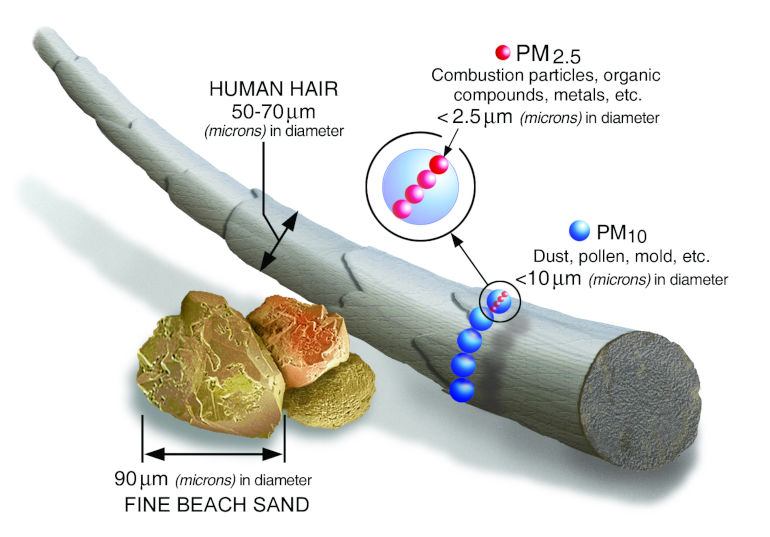
SOURCE
Where does particle pollution come from?
Particle pollution can come from two different kinds of sources — primary or secondary. Primary sources cause particle pollution on their own. For example, wood stoves and forest fires are primary sources.
Secondary sources let off gases that can form particles. Power plants and coal fires are examples of secondary sources. Some other common sources of particle pollution can be either primary or secondary — for example, factories, cars and trucks, and construction sites.
Smoke from fires and emissions (releases) from power plants, industrial facilities, and cars and trucks contain PM2.5.
HEALTH
Particle Pollution and Your Health
Breathing in particle pollution can be harmful to your health. Coarse (bigger) particles, called PM10, can irritate your eyes, nose, and throat. Dust from roads, farms, dry riverbeds, construction sites, and mines are types of PM10.
Fine (smaller) particles, called PM2.5, are more dangerous because they can get into the deep parts of your lungs — or even into your blood.
ENFORCE
What is Being Done to Reduce Particle Pollution?
EPA regulates inhalable particles. Particles of sand and large dust, which are larger than 10 micrometers, are not regulated by EPA.
EPA’s national and regional rules to reduce emissions of pollutants that form PM will help state and local governments meet the Agency’s national air quality standards.
Learn about how air quality standards help reduce Particulate Matter HERE.

